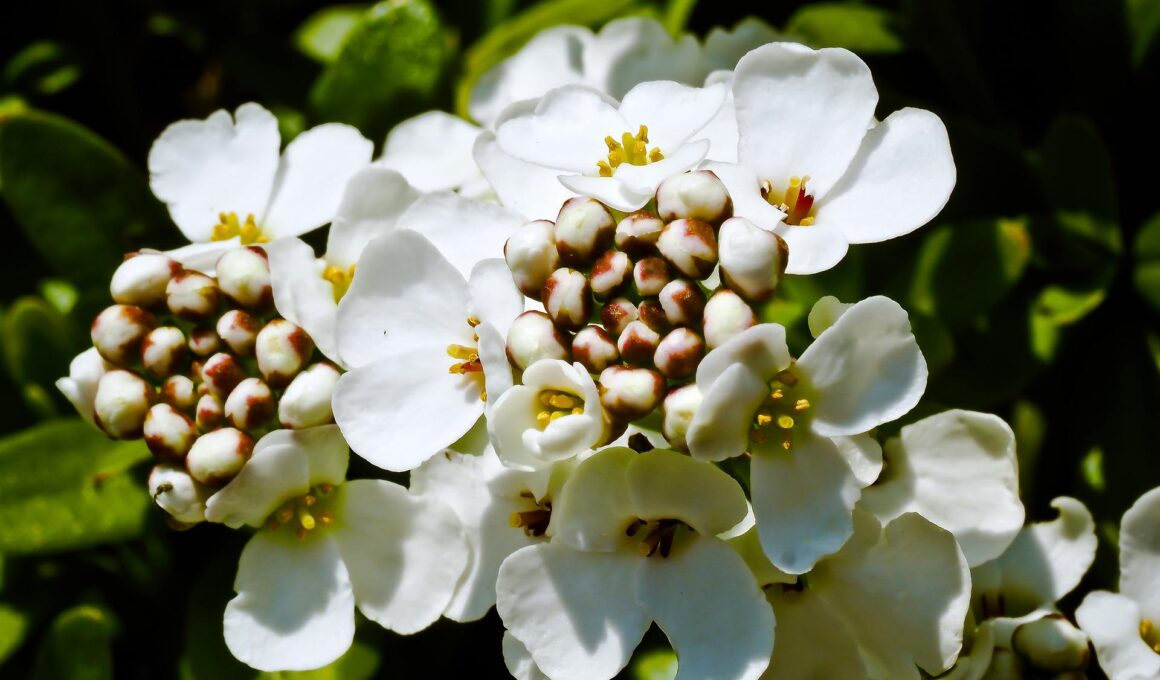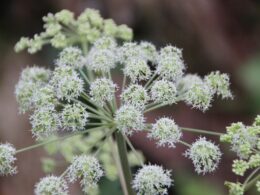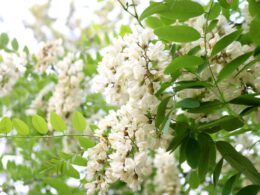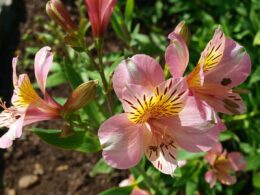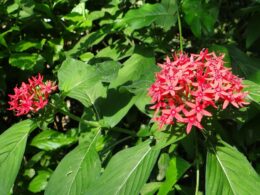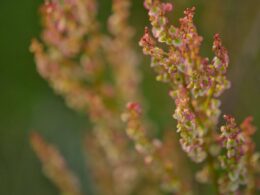Candytuft Flower Overview
The candytuft flower is a beautiful and easy-to-grow plant from the Brassicaceae family and is perfect for adding a splash of color to any garden. Native to Europe and Asia, candytufts are relatively low-maintenance plants that can tolerate a wide range of growing conditions. They are typically grown as annuals, although they may bloom for two or three years in warmer climates.
Colors
Candytufts are typically white or light pink, although some varieties may be tinted with purple or blue. The flowers grow in clusters and usually have around four petals each. The plants typically bloom in late spring or early summer.
Iberis Propagation and Growth Conditions
Candytufts (Iberis) are typically propagated by seed, although cuttings can also be taken from established plants. Seeds should be started indoors six to eight weeks before the last frost date. Once the seedlings have reached four inches tall, they can be transplanted outside. Candytufts prefer full sun, but will also tolerate partial shade. The plants should be spaced 12 to 18 inches apart.
Watering
Candytufts are drought-tolerant and do not need to be watered regularly. However, they will benefit from an occasional deep watering during extended periods of dry weather. Fertilizing is not necessary, but a light application of compost or manure in the spring can help promote blooming.
Common Issues
Candytufts are relatively pest- and disease-free. However, they can be susceptible to powdery mildew if they are not given enough air circulation. Be sure to space plants properly and avoid overcrowding them in the garden. If you notice any signs of powdery mildew, treat with a fungicide according to label directions.
Candytuft Blooming
With proper care, candytufts will bloom for several weeks each year. After the flowers have faded, shear plants back by one-third to encourage new growth and prevent legginess. Deadheading is not necessary, but it can promote additional blooming. Candytufts make excellent cut flowers and can be used in bouquets, arrangements, or even dried for later use.
Companion Plants for Evergreen Candytuft Flowers
Anyone who has ever spent time gardening knows that choosing the right plants is essential for creating a beautiful and thriving garden. But with so many types of plants to choose from, it can be difficult to know which ones will work well together. When it comes to companion planting, few flowers pair as perfectly as candytuft and sweet alyssum. Both of these plants are annuals, meaning they will only last for one growing season. However, they make up for their short lifespan by producing an abundance of beautiful blooms.
As mentioned, candytuft flowers are typically white or pale pink, while sweet alyssum flowers can be white, pink, or purple. Planting these two flowers together creates a stunning display of color that is sure to catch the eye of anyone who sees it. In addition to their visual appeal, candytuft and sweet alyssum also share a similar growth habit.
They are both low-growing plants that spread quickly, making them ideal for filling in bare spots in the garden. These flowers also both prefer full sun and well-drained soil, making them easy to care for. With so much in common, it’s no wonder that candytuft and sweet alyssum make such perfect companions.
Usage, Benefits & Medicinal Properties
The Candytuft flower, Iberis sempervirens, is a beautiful, snow-white flower that blooms in the springtime. This hardy plant is native to Europe and Asia, and has been cultivated for centuries as an ornamental flower. In recent years, however, the Candytuft flower has begun to gain popularity for its medicinal properties. The leaves and flowers of the plant are rich in vitamins and minerals, and can be used to make teas and tinctures that are said to help with everything from digestive problems to anxiety and stress.
In addition, the Candytuft flower is a member of the Cruciferous family of vegetables, which are known for their cancer-fighting properties. As more people become aware of the many benefits of this versatile plant, the Candytuft flower is sure to become a staple in gardens around the world.
Culture, Symbolism and Meaning
The name “candytuft” comes from Crete Island and the word means Candia, the previous name for Iraklion located on the island. This pretty little flower has come to symbolize anticipation, indifference, but also sweetness. Candytufts are often associated with springtime, renewal, and hope. They make lovely borders in gardens and are popular additions to cut flower arrangements. In the language of flowers, candytufts represent blissful contentment and young love.
We hope this guide has been helpful in teaching you everything you need to know about candytuft flowers! Be sure to give this beautiful plant a try in your own garden today. Thanks for reading and enjoy the spring!





